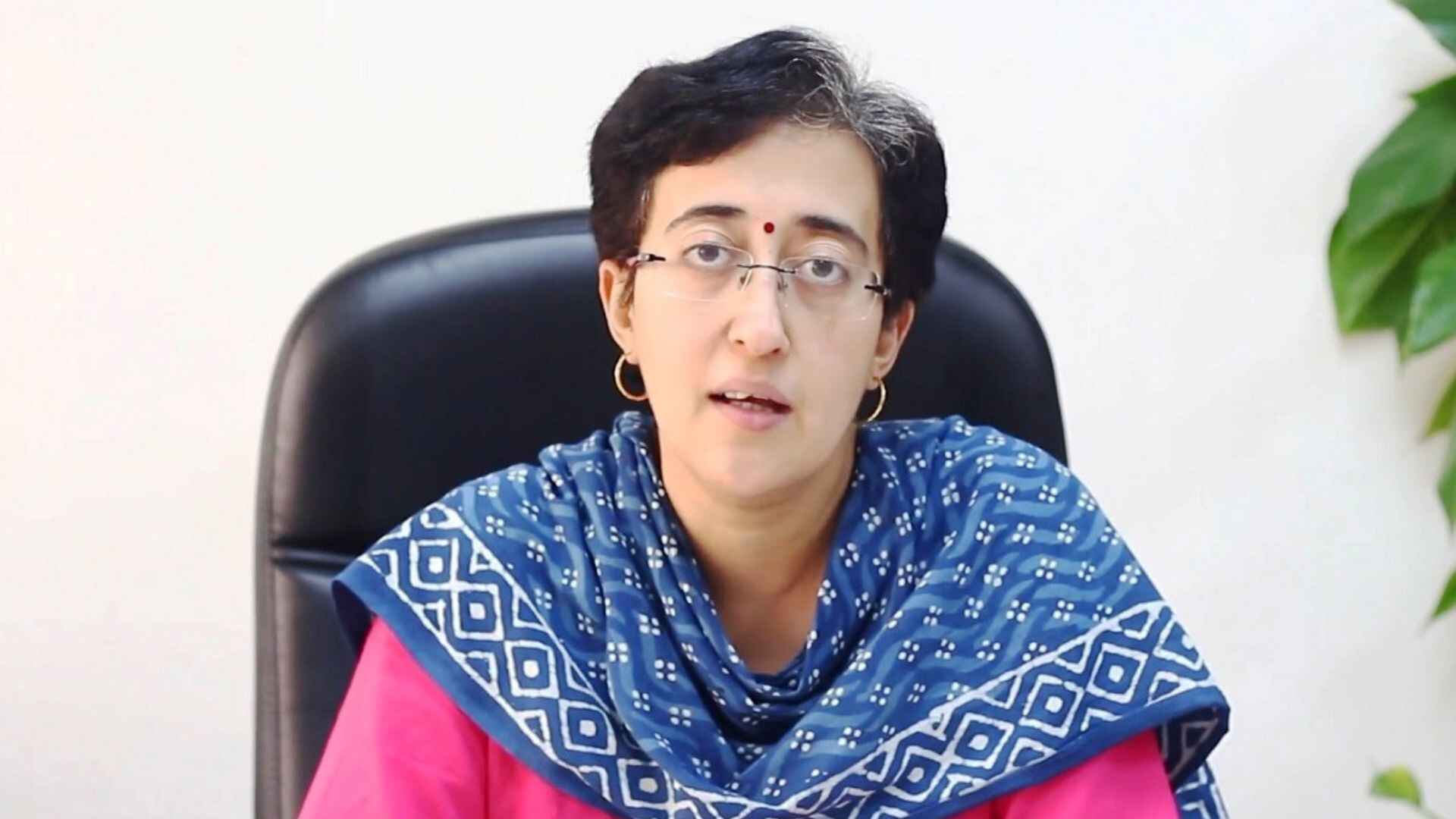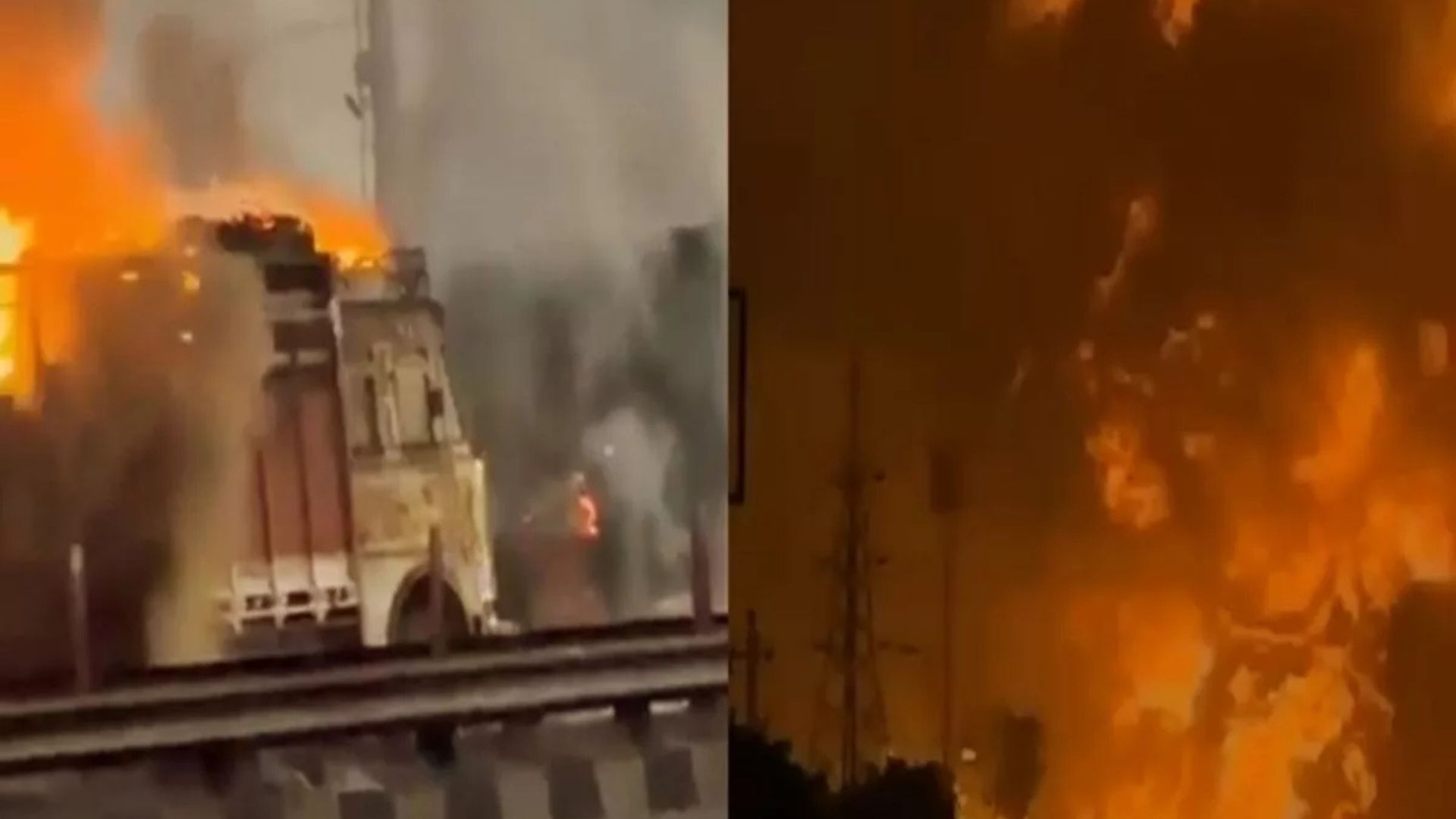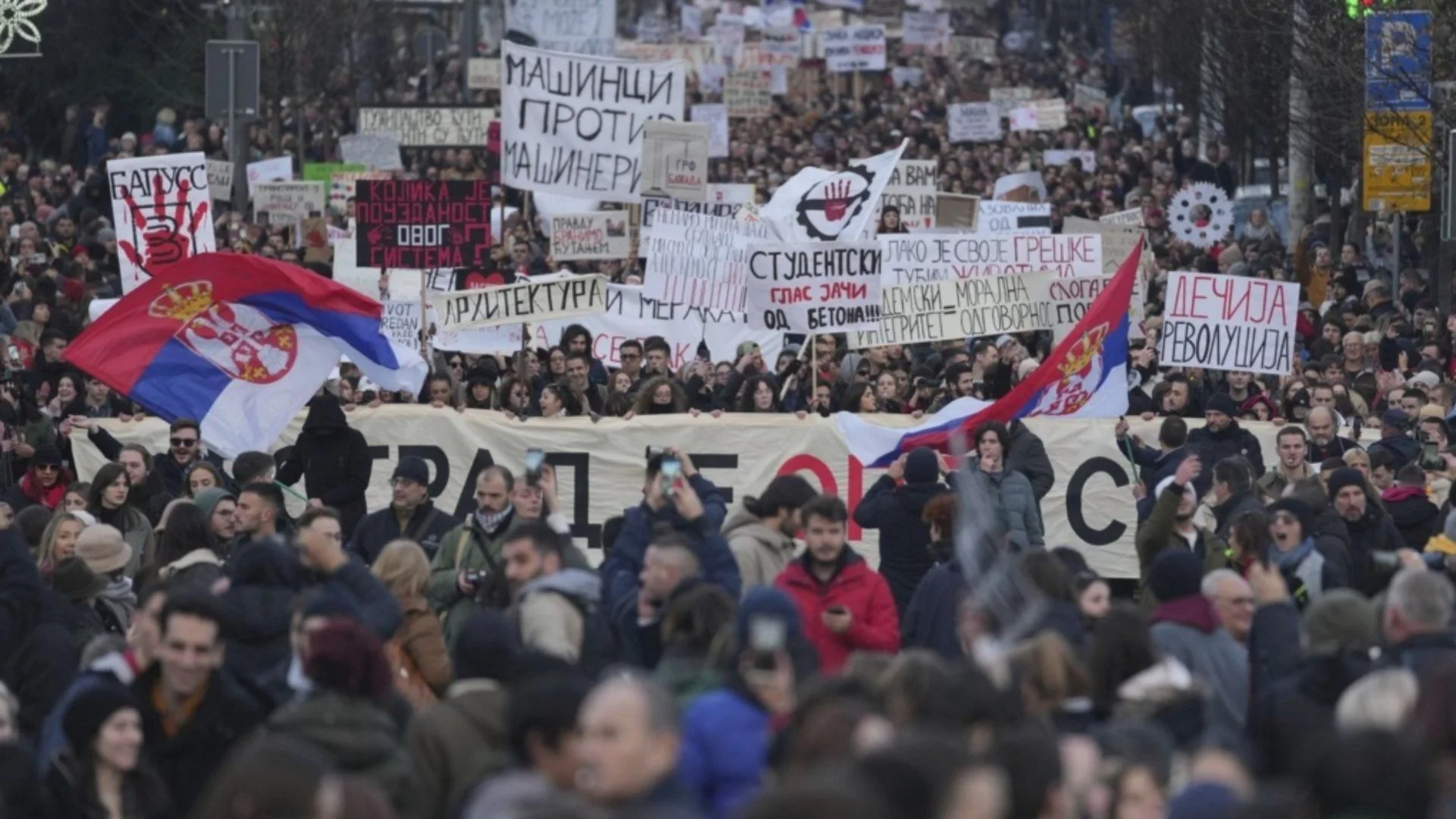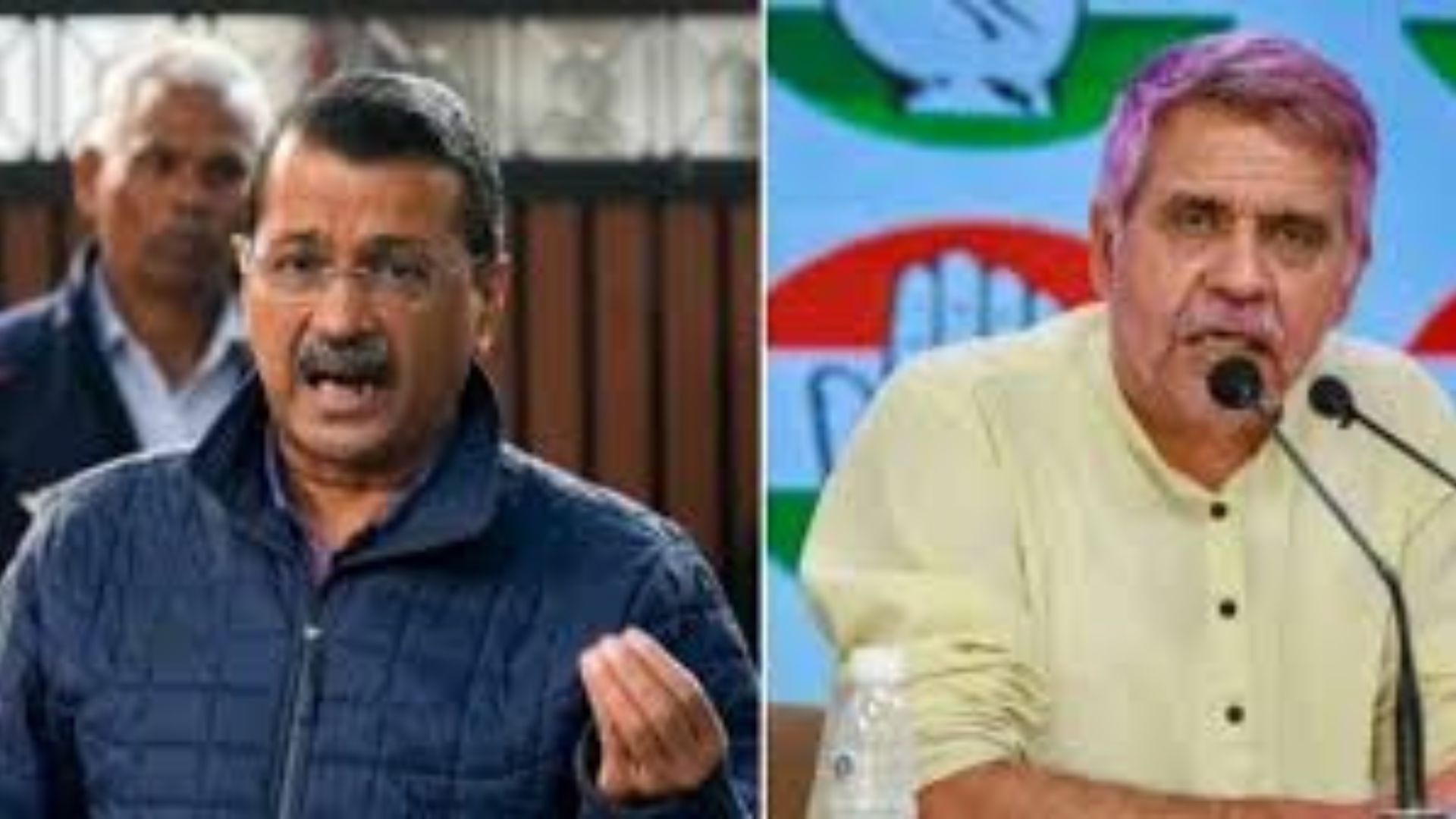Amidst soaring temperatures and a severe water shortage in the national capital, Delhi’s Water Minister, Atishi, has officially reached out to the Chief Ministers of Uttar Pradesh and Haryana. In letters dated May 31, 2024, Atishi has sought additional water supplies from both states to guarantee access to clean drinking water for Delhi residents until the arrival of the monsoon.
Delhi’s Water Minister Atishi writes to Uttar Pradesh CM Yogi Adityanath and Haryana CM Nayab Singh Saini, requesting additional release of water to Delhi for a period of one month pic.twitter.com/u8zrn5dbMm
— ANI (@ANI) June 2, 2024
Atishi has written to Uttar Pradesh Chief Minister Yogi Adityanath, requesting a one-month release of extra water to assist the capital in handling the crisis.
“The government of NCT of Delhi is doing its maximum best to increase the production capacity of its water treatment plants. However, the intensity of the heatwave is such that we would require help from all quarters to cater to the people of Delhi,” Atishi wrote.
She emphasized the noble principle of providing water to the thirsty, citing its roots in ancient texts, and urged Uttar Pradesh to aid during this critical period.
In a parallel plea to Haryana Chief Minister Nayab Singh Saini, Atishi highlighted a substantial decrease in the water level at the Wazirabad Barrage, currently at 670.3 feet compared to the normal level of 674.50 feet. This decline has adversely affected the output of Delhi’s water treatment plants.
“In order to tackle the existing crises, we urgently need Haryana to release additional water into the Yamuna River at the earliest,” Atishi said.
She pointed out that the Delhi government has already taken steps to curb water wastage, such as rationalizing water distribution. However, the current supply is inadequate to meet the increased demand.







